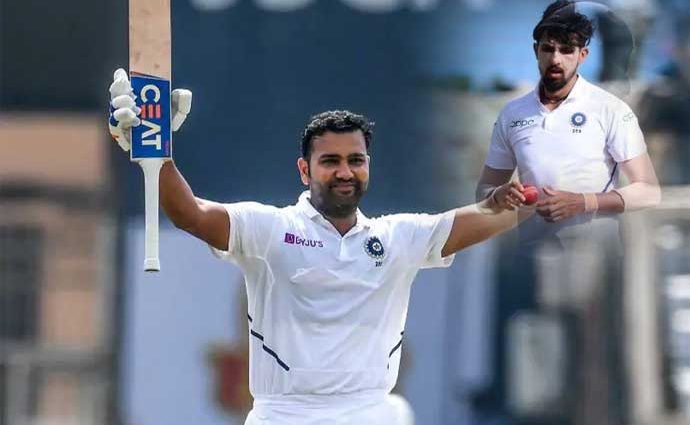For the Border-Gavaskar Trophy Test series between India and Australia starting tomorrow in Adelaide, there is good news and bad news. The good news is, according to the BCCI, Rohit Sharma has cleared the fitness hurdles.
“Team India batsman Mr Rohit Sharma has completed his rehabilitation process at the National Cricket Academy (NCA) in Bengaluru and is now clinically fit. He has been rehabilitating and training at NCA since 19th November following a high-grade left hamstring injury suffered during the Indian Premier League (IPL).”, Jay Shah, BCCI secretary said.
“The NCA medical Team was satisfied with the physical fitness of Mr Sharma after assessing him on different metrics that tested his skills related to batting, fielding and running between the wickets. Mr Sharma’s physical fitness has been satisfactory, however, he will be required to continue work on his endurance. He has been given a detailed programme to follow for the duration of the two weeks he will be quarantined for”, Mr Shah added.
Rohit is a real possibility to join, if not the Boxing Day Test, then the 3rd and the final Test match between Australia and India.
Rohit Sharma will be reassessed by the Team India medical team post his quarantine to establish his fitness status and a call on his participation in the current Australia-India Border-Gavaskar Trophy will be taken accordingly.
The bad news is – Ishant Sharma has been ruled out and India vice-captain Ajinkya Rahane conceded his absence will be felt.
Rahane, who will lead India in the last three Tests after Virat Kohli goes on paternity leave, however added that the Indian bowlers (playing for India) are good enough to take 20 wickets in Test cricket.
“The guys who are here… Umesh (Yadav), (Navdeep) Saini, (Mohammed) Siraj with Jasprit (Bumrah) and (Mohammed) Shami, they are all really good and experienced and they know how to bowl in these conditions,” he said.
Also read: Test cricket is a different challenge
“This is a new series starting with the pink ball, so it is all about getting that momentum, but I do believe that we have the attack to get 20 wickets.”
Rahane also conceded playing a Day/night Test match and batting in the “twilight” session would have its own challenges.
“I feel in the day, the new pink ball slightly moves, but then after that it becomes easy to bat… When the twilight period comes, for 40-50 minutes, that becomes a bit challenging for the batsmen to focus,” he said.
“The ball’s pace increases, initially there is normal pace, but when lights are on and the twilight period starts, the pace increases off the wicket. In case of red ball, the pace does not change suddenly, but with the pink ball, within 40-50 minutes, pace changes completely”, Rahane added.
Similar Posts by The Author:
- Tollywood film stars in a Celebrity Cricket Carnival in Melbourne
- IPL 2024: Pat Cummins to lead Sunrisers Hyderabad
- Cricketer S Sreesanth embroiled in a cheating case
- Finals made in Heaven: Australia to take on the mighty Indians on Sunday
- Balvinder Singh Sandhu attends India’s 1983 Cricket World Cup victory 40th Anniversary in Melbourne

